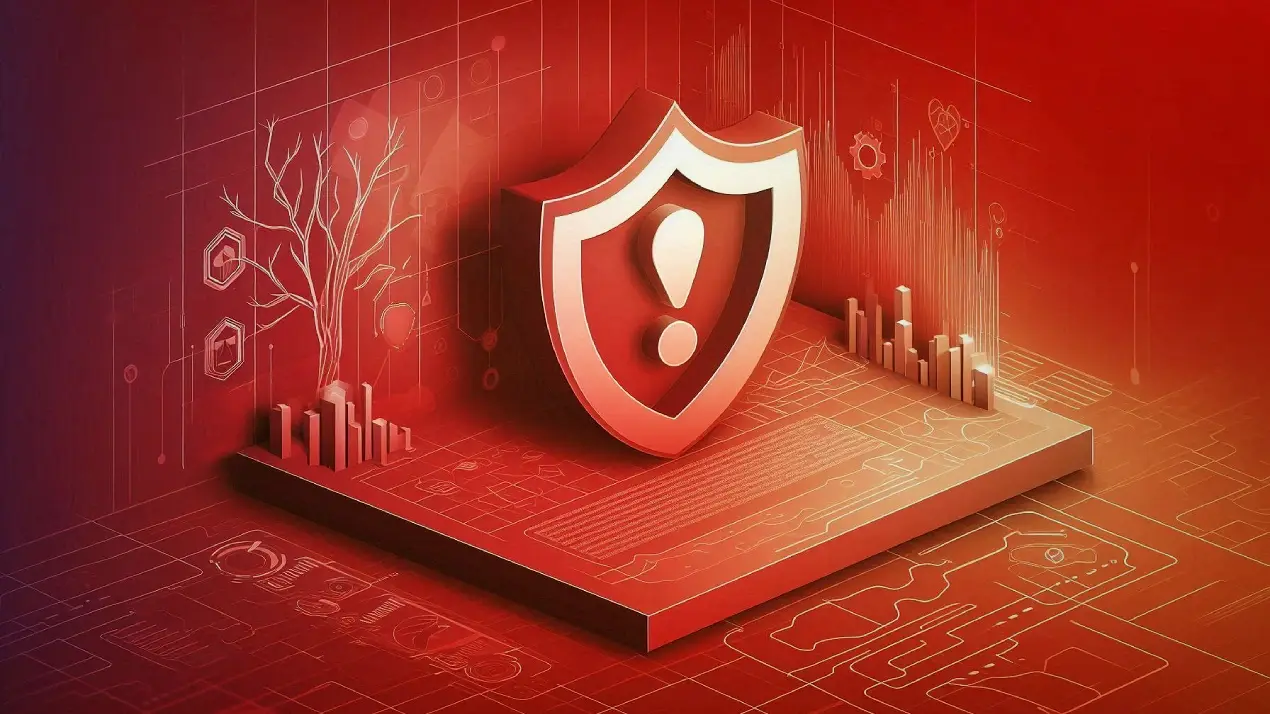
Mastering Risk Management: Strategies for Identifying and Mitigating Project Risks
Every project, no matter how meticulously planned, faces inherent risks. These risks can be internal, stemming from resource limitations or communication gaps, or external, influenced by market fluctuations or unforeseen events. The key to project success lies not in eliminating risk entirely, but in effectively identifying, analyzing, and mitigating it.
This article equips you with powerful strategies to navigate the ever-present realm of project risk:
Proactive Identification
One of the most effective ways to manage project risks is through proactive identification. Rather than waiting for risks to manifest themselves, take a proactive approach by conducting brainstorming sessions with your team. Envision potential roadblocks and consider risks associated with various aspects of your project, including scope, budget, timeline, resources, technology, and external factors such as regulatory changes or competitor actions. By identifying risks early on, you can develop strategies to address them before they become major obstacles.

Relentless Analysis
Not all risks are created equal, and it is crucial to evaluate the likelihood of each risk occurring and the potential impact it could have on your project’s success. Utilize a risk matrix to categorize risks based on severity and probability. High-probability, high-impact risks demand immediate attention and robust mitigation plans, while low-probability, low-impact risks might warrant monitoring but not extensive resources. By analyzing risks with precision, you can prioritize your efforts and allocate resources effectively.
Crafting a Mitigation Plan
Once risks are identified and prioritized, it is essential to formulate a comprehensive mitigation plan. Consider the following strategies:
- Avoidance: Can the risk be sidestepped entirely by altering the project scope or approach? For example, if a specific technology poses a potential integration challenge, explore alternative solutions that seamlessly fit your existing infrastructure.
- Mitigation: Can you lessen the impact of the risk through proactive measures? This might involve securing backup resources or implementing redundancy plans. For instance, if your project relies on a single vendor for a critical component, consider identifying a secondary supplier to ensure continuity in case of supply chain disruptions.
- Transfer: Can you shift the risk to a third party through insurance or outsourcing? Consider insuring against potential data breaches or partnering with a cybersecurity firm to manage that risk for you.
- Acceptance: Certain low-impact risks, such as minor delays due to unpredictable weather events, may be simply accepted and monitored for potential escalation.
By carefully considering these options, you can develop a robust mitigation plan tailored to the specific risks your project faces.

Continuous Monitoring
Risk management is not a one-time activity but rather an ongoing process. Regularly revisit your risk register, assess the evolving landscape, and adapt your mitigation strategies as needed. As the project progresses, new risks may emerge, and existing risks may change course. By continuously monitoring and adjusting your approach, you can stay ahead of potential challenges and ensure the success of your project.
Fostering Communication
Open and transparent communication is paramount in effective risk management. Ensure that your team is aware of identified risks and their assigned mitigation plans. Regularly update them on the status of risks and any necessary adjustments. By fostering a transparent communication environment, you empower your team to proactively contribute to risk management and course correction. Collaboration and collective expertise can significantly enhance the effectiveness of your risk mitigation efforts.
By mastering these strategies, you transform risk management from a reactive exercise to a proactive safeguard for project success.
Empower Your Project with the Right Talent
Managing project risks effectively requires a skilled and experienced team. GoEncode can bridge any talent gaps and provide you with the expertise needed to navigate project complexities. Our streamlined processes ensure a seamless onboarding experience, allowing you to focus on core project activities. Contact us today and discover how their talent solutions can empower your project to thrive in the face of risk.